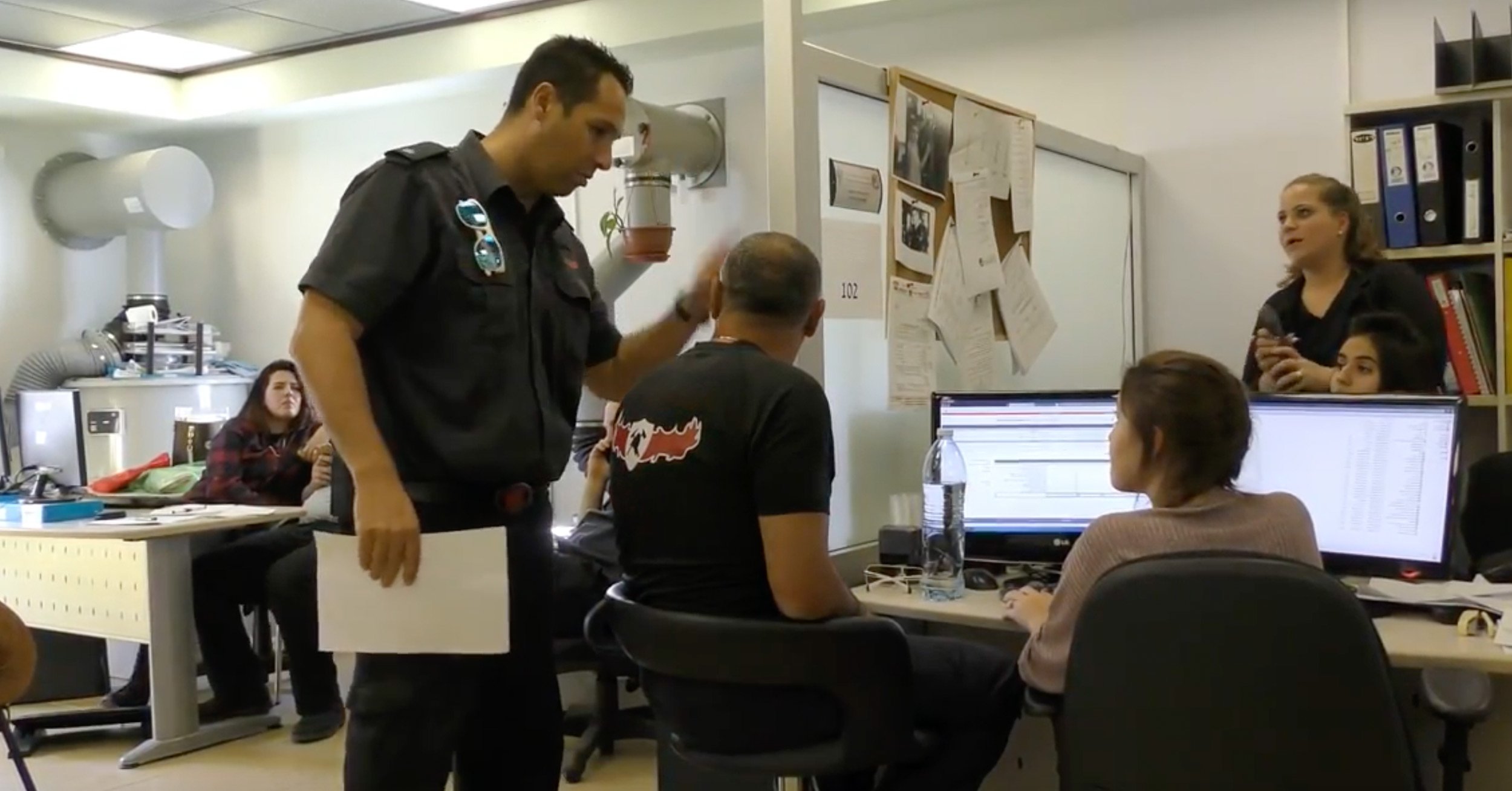 The holy grail of successful ambulance billing is an efficient EMS workflow that includes the entire ambulance service staff, from dispatch to first responders, EMTs, and medics to billers, all working together, and all on the same page. Clearly, open and effective communications, and EMS workflow between these key EMS operational areas will minimize the amount of time between dispatch, patient care and transport, billing, and receiving payment for services rendered.
The holy grail of successful ambulance billing is an efficient EMS workflow that includes the entire ambulance service staff, from dispatch to first responders, EMTs, and medics to billers, all working together, and all on the same page. Clearly, open and effective communications, and EMS workflow between these key EMS operational areas will minimize the amount of time between dispatch, patient care and transport, billing, and receiving payment for services rendered.
Effective internal communications can also help minimize communication obstacles with external sources as well, such as hospitals and nursing homes. If EMS dispatchers, crews, and billers are united in the way they communicate with external partners, not only is the ambulance billing submission quicker, it’s of a much higher quality. If your ambulance billing operation faces an audit or review, the supporting documentation is less likely to have contradictions if EMS dispatchers, crew, and billers are communicating with one another on a consistent basis.
EMS Crews are an important link between dispatch and billing communications since they are the ones closest to the patient and the only ones that can paint a picture of the care rendered. Here are some effective EMS crew communication and workflow tips that can improve ambulance billing:
The Editorial Team at Healthcare Business Today is made up of skilled healthcare writers and experts, led by our managing editor, Daniel Casciato, who has over 25 years of experience in healthcare writing. Since 1998, we have produced compelling and informative content for numerous publications, establishing ourselves as a trusted resource for health and wellness information. We offer readers access to fresh health, medicine, science, and technology developments and the latest in patient news, emphasizing how these developments affect our lives.







